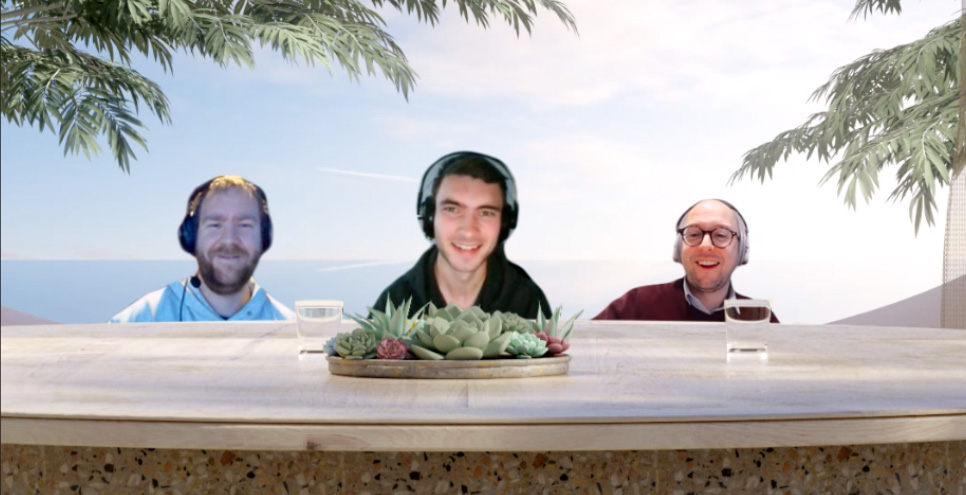Day 5: Friday, November 25th
Presentation Day.
The morning was focused on the story Fre told us. I was really intrigued and worked out a (non-fiori) concept design for a digital warehouse workload board.
It could look like this:
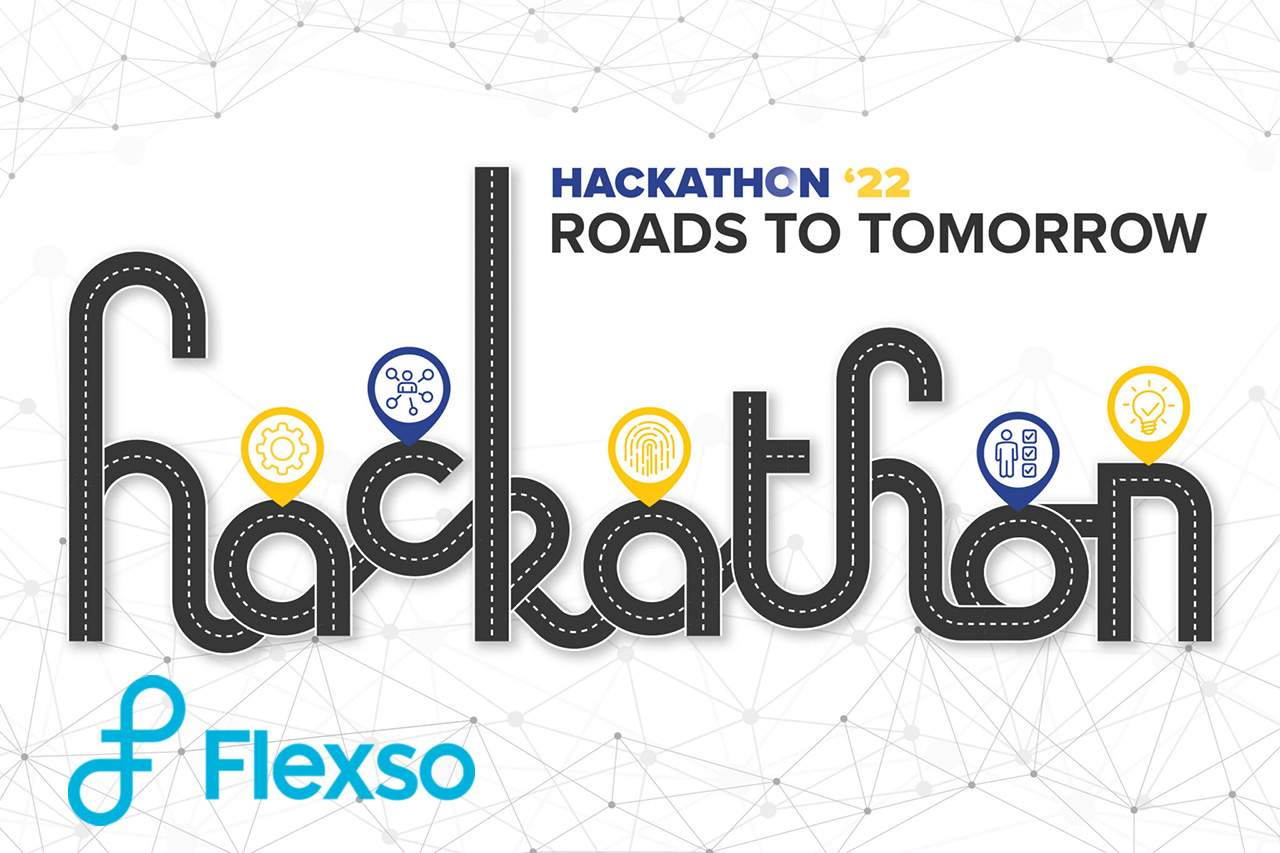
Presentation Day.
The morning was focused on the story Fre told us. I was really intrigued and worked out a (non-fiori) concept design for a digital warehouse workload board.
It could look like this:
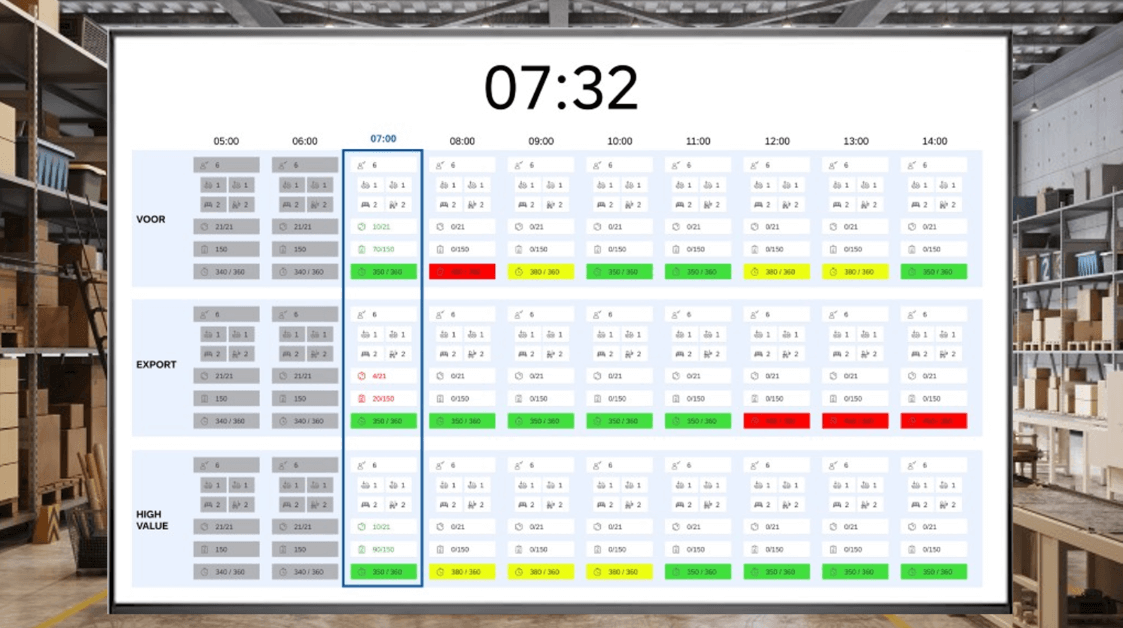
The idea is you get an overview of the estimated workload in each of the warehouse sections. The board displays the current hour, the results of the past two hours and an estimation of the next 7. That provides a view on your shift while staying up to date as we know the workload in logistics is hard to predict.
To build trust we also provide the numbers that lead to the estimation. We indicate the skills that are (un)available. With this you could ask your team lead or planner to be moved to another area to help.
As you can get lost in design, we still had to create a presentation & demo to explain to everyone what we have worked on during the week in the last 100 minutes 😊. But we all know that a powerpoint should simply support the story, not tell it 😉
Anyhow, we were able to proudly present the results to an enthusiastic audience of ODTH, SAPience and Flexso colleagues. A perfect end to a very fun and productive week!
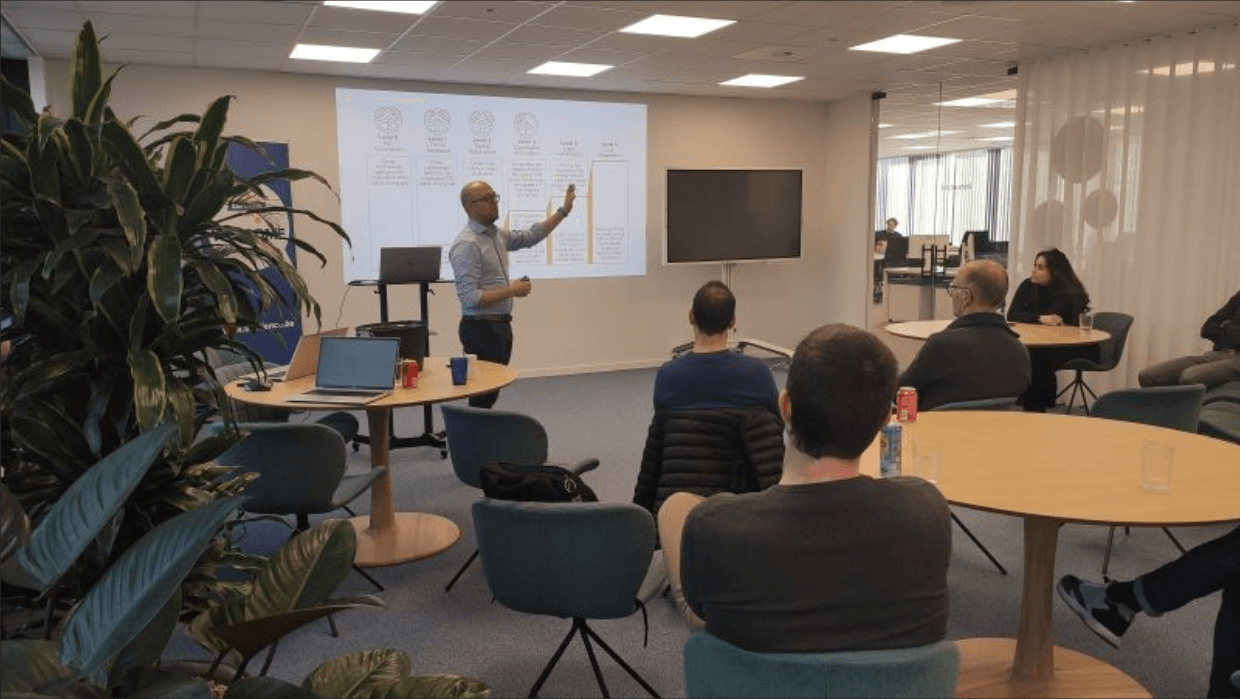
Are you interested to do a design sprint or a PoC in a week? Don’t hesitate to contact me at bert.vanbree@flexso.com!
Day 4 and our second visit to ODTH, this time to their Rumst Site.
The entire morning, we worked with the team in one room. You could really feel that positive ‘pressure’ and maybe even smell some of the sweat 😉. We focused on adapting the design and build to the feedback we received on Tuesday.
Pieter’s progress on the architecture and front-end is amazing to see. It’s thanks to the BTP development platform that we can deliver a working solution on such short time frame.
The afternoon we had the opportunity to visit Rumst and discuss the progress with Bart. We also met Free, an awesome lead of the Rumst Warehouse. He gave us insight into how they operate, what their struggles are, and in which details they might differ slightly from the Willebroek site.

What really interested me was that he asked if we could work towards and end-result that is more self-regulating. Presenting the floor with the data might automatically lead to a better spread workforce and workload as people are inclined to help their colleagues. As such you don’t need a planner or system to decide who works where but you allow self-regulation by providing people with the right information and tools.
We were also very lucky to get a full tour of the site. As always, nothing beats ‘seeing the action’ to understand the struggles and opportunities that are discussed in the design & feedback meetings!
And yes, that is a bit of unfortunate lighting, I’m not an actual (short) saint 😉.
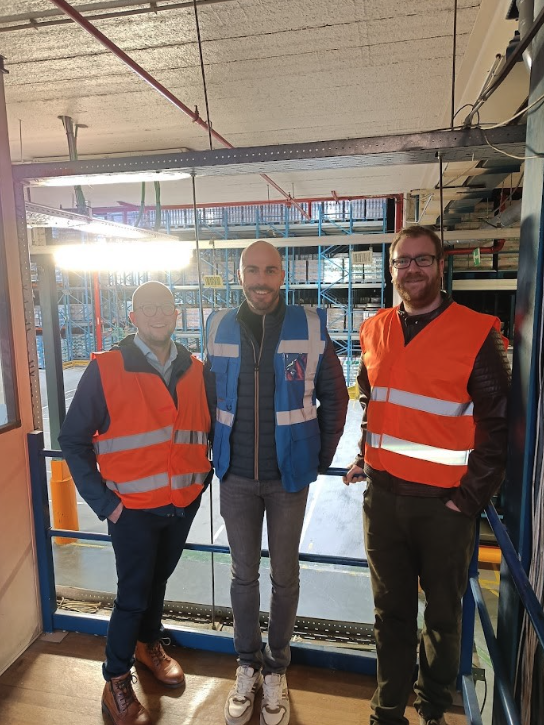
Day 3 of the challenge, the day after the first feedback. Today we focus on creating additional functionalities, adapting the mock-ups and fine tuning some of the other designs.
Nothing beats working together with a multidisciplinary team on a challenge such as this.
Where on Tuesday we confirmed the human desirability of the solution, on Wednesday we focused on the technical feasibility.
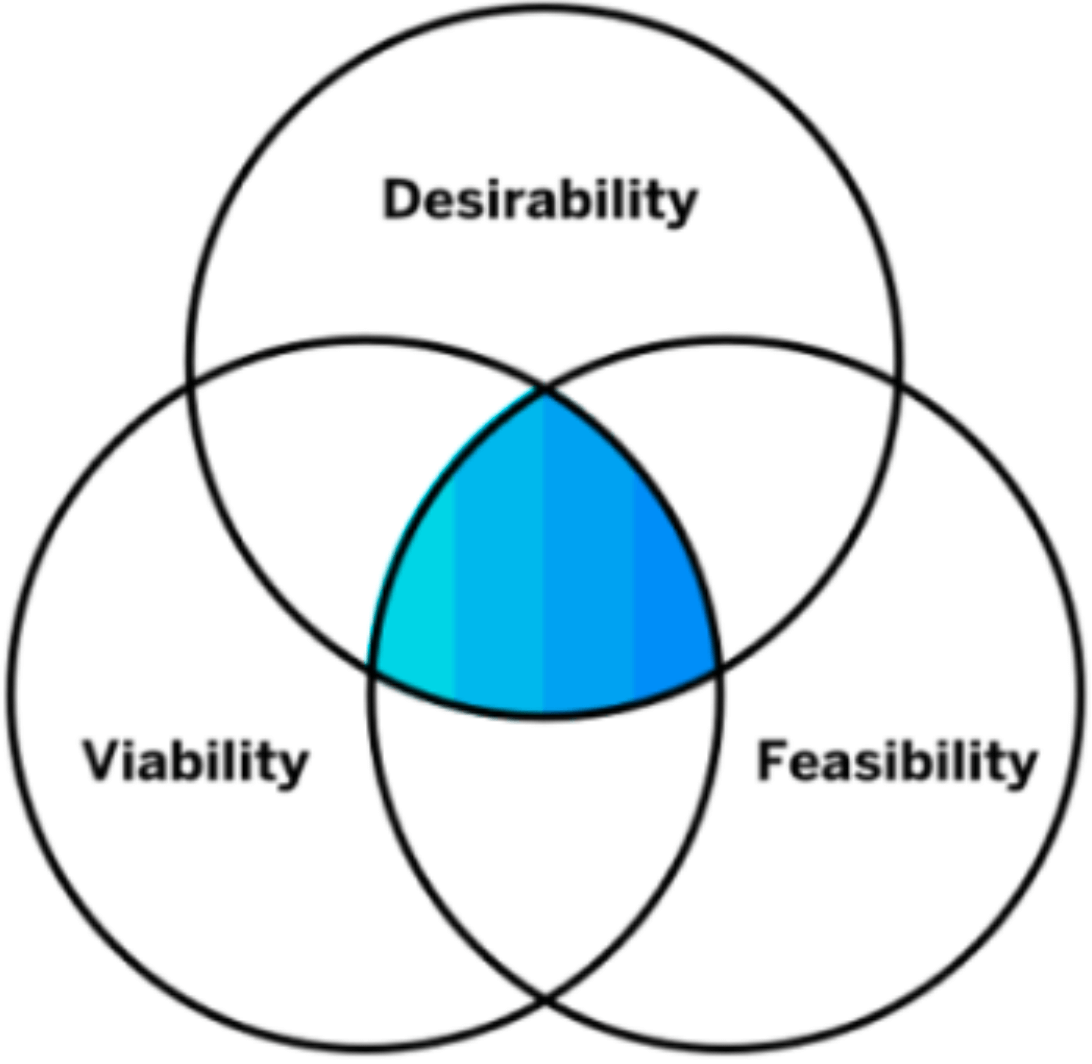
Really happy that together with Pieter we can look at the designs and the requirements and see how we can leverage the SAP technology to deliver. He is already gaining confidence that he can realize everything that the business and designers have dreamt up until now.
That excited feeling when you’re showcasing the first draft! Today we were able to showcase our first draft to ODTH. We were very excited and were really looking for feedback.
Our first meeting was with Bart, the innovation manager of ODTH. He was the first to provide us with feedback on the design and approach
He was very enthusiastic so invited some of his colleagues who are responsible for the different warehouses to see what they think.
But we were especially excited that we could present our idea and mock-ups to team leaders on the floor. They will be the end-user of the application, so we want to assure that this will help them. It should allow them to focus on what’s important.
We got some great feedback, it’s clear we are on the right path. Literally he said: “That’s great, this is something we really want”. But what’s more important we got some super good comments and requests for certain functionalities. It really proves that involving the end-user is key to create the optimal end-result.
The goal of our PoC in a week is clearly twofold:
What are the assumptions? Let’s explain with an example. From the ‘Jobs to be done’ exercise, we have following statement:
To achieve operational excellence, the warehouse manager needs to make sure the people are doing the optimal job for which (s)he needs a graphical overview of the expected workload and the available people.
Here we see following assumptions:
The first assumption will be assessed by looking at the available SAP data and discussed with ODTH management.
The second we will test by creating a visual representation of the end-state of the application and show it ‘on the floor’.
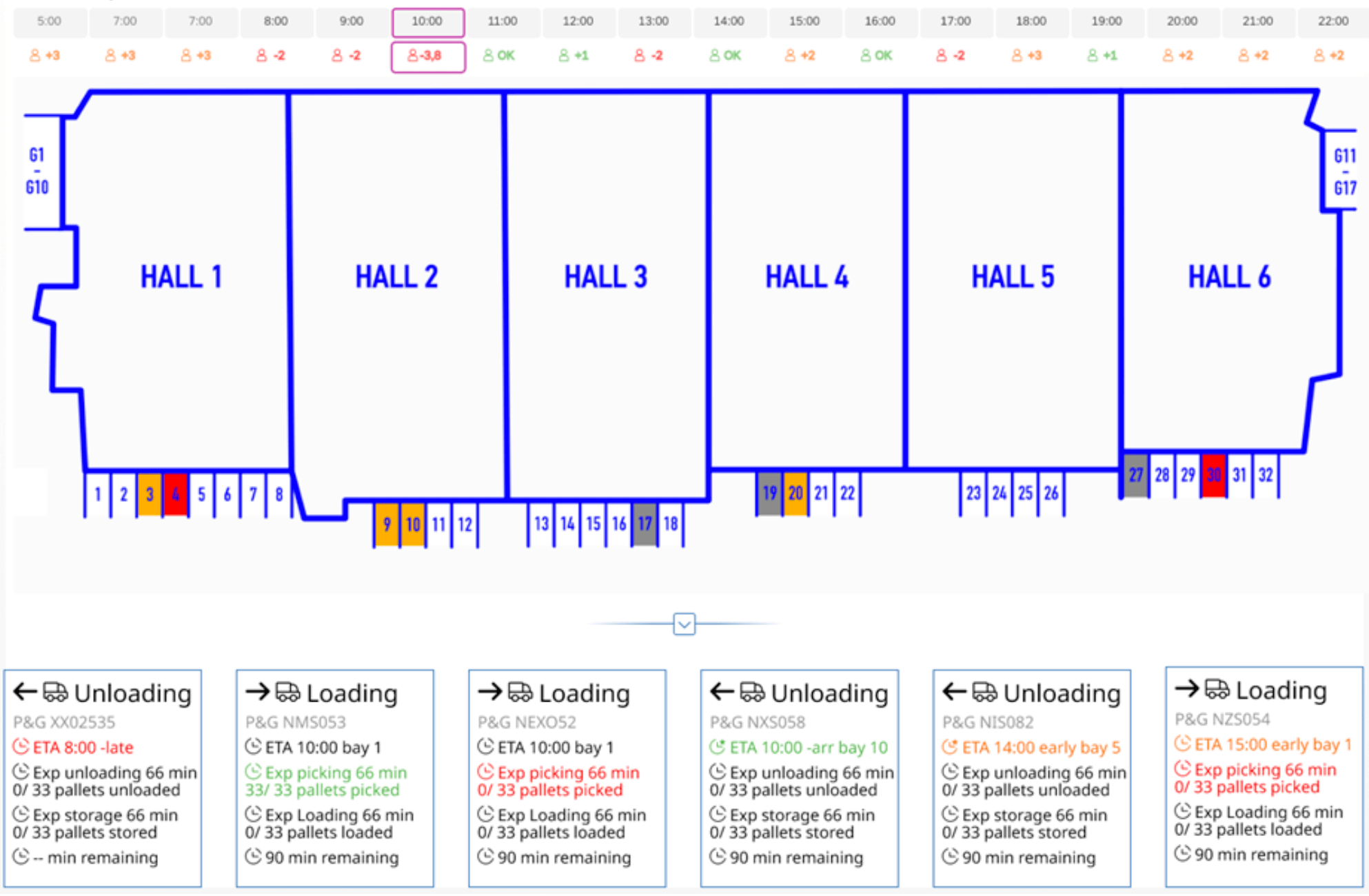
For the technical assumptions we created a mock-service that will represent the back-end data. We will fill this with ODTH relevant data assuring that we can quickly create a working application.
What is a more fun hackathon challenge than a “PoC in week” with ODTH? Nothing! That is why in the next week we will, together with our customer ODTH, build a Proof of Concept to validate a first use case towards a Smart ODTH Warehouse.
How did we come to this?
ODTH visited the Flexso AppHaus for a workshop where we focused on identifying how ODTH can better serve their customers. ‘Operational excellence’ and ‘be easy to do business with’ were two of the key strategic goals of the sessions we did.
Besides others, one of the top ‘How might we’ statements was:
As such we started thinking towards a smart ODTH warehouse where intelligent planning is combined with very flexible and reactive resource allocation. The goal is to assure that everyone is doing the optimal job. This means a job they like (and excel at) at the right time, in the right place.
In a second workshop we started ideating on how we can achieve this. Using the ‘idea napkin’ format we designed the first draft version of a solution.

Based on the drawing and a short description we determined the key components, identified the target audience and the value for each of them.
Together with ODTH we considered this the challenge we are taking up for the SAPience hackathon. We put our heads together and came up with some high-level drawings, data flows and architecture.
Last Friday we came together with the team to discuss the goal and scope of the Proof of Concept. What are we trying to assess and what are we trying to proof?
